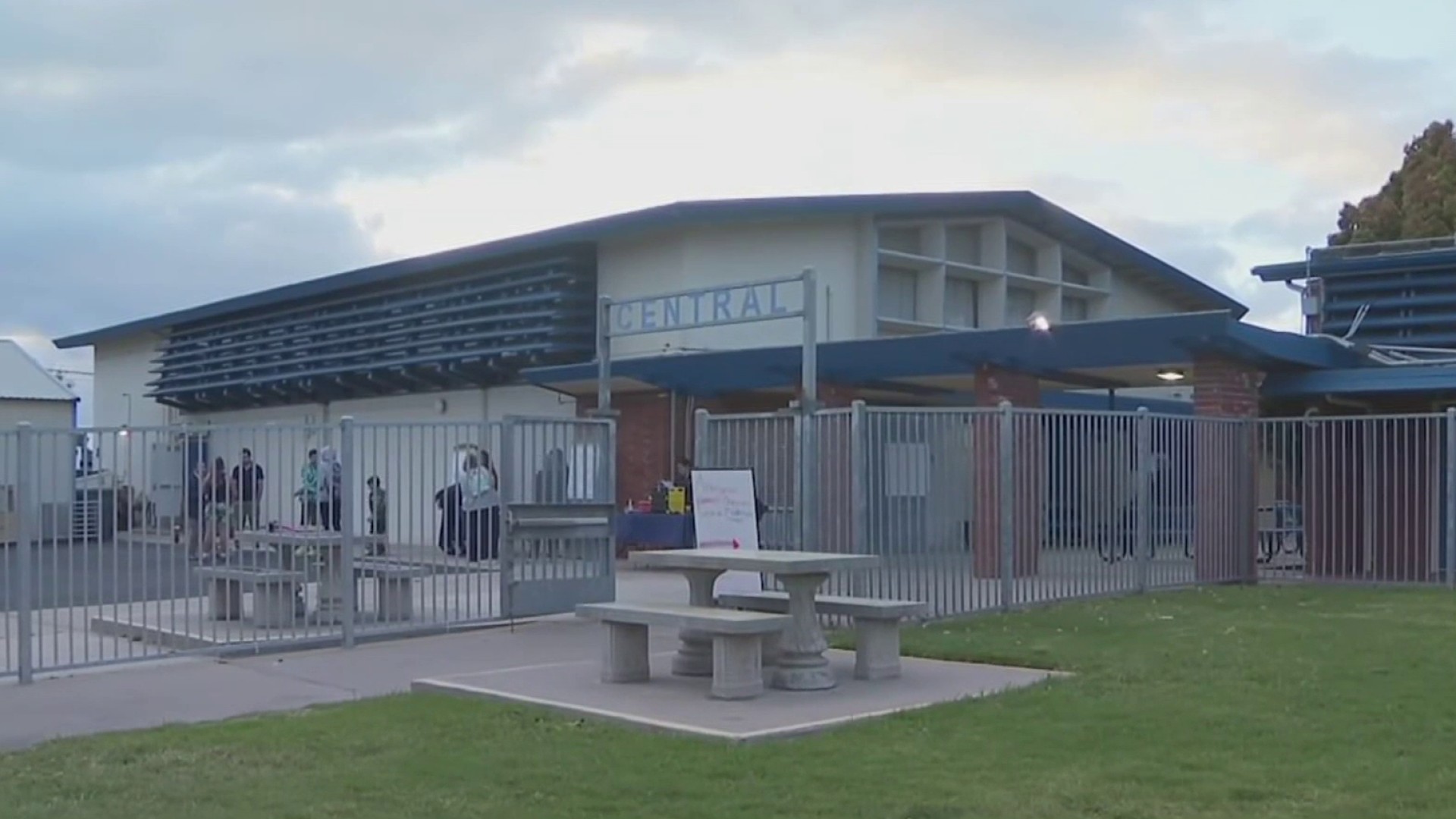If you have a smart phone, you likely heard the loud warning tone accompanied by an Amber Alert message Monday night.
The notification was prompted by a statewide Amber Alert issued in connection with a double murder and possible double kidnapping.
Investigators believe 40-year-old James DiMaggio killed 41-year-old Christina Anderson, set his Boulevard house on fire and kidnapped her two children,16-year-old Hannah Anderson and 8-year-old Ethan Anderson. The two are believed to be traveling with DiMaggio in a 2013 Nissan Versa with a California license plate number 6WCU986.
Here's how the cell phone alert works: Law enforcement issues the Amber Alert. Then, through a system developed by FEMA, the National Center for Missing and Exploited Children sends out the message.
The center said since this system replaced a prior opt-in system January 1, the two wireless Amber Alerts issued in California led to the safe return of the children.
A certain threshold has to be met before such an alert can be issued. There has to be an imminent threat, and in the case of an Amber Alert, a child in grave danger. Plus, there needs to be enough specific information that would help save that child's life.
The cell phone Amber Alert first went out to San Diego and Imperial Counties and later the entire state.
Local
"They try to keep the alerting as localized as possible so they don't over saturate," said Jeff Hebert, communications coordinator for the San Diego County Sheriff's Department. "The more people get the messages, the more they might tune out that message."
Law enforcement has high hopes for the new technology, saying its effects can be tremendous.
"It can be used for wildfire evacuations or other types of emergencies we need to communicate to the public in a quick fashion," Hebert said.
Some people NBC 7 talked with did not receive the alert, and others simply didn't find it effective. But for the most part, once they got past the surprise and confusion, people said the alert caught their attention and prompted them to seek more information.
The messages target people in a certain geographic area. So while vacationers in California might have received them, someone with a San Diego number in New York would not.
Most new phones have the system automatically activated. While you can opt out under your phone’s settings or by contacting your carrier, those behind the system hope you don’t.
For more information, click here.



